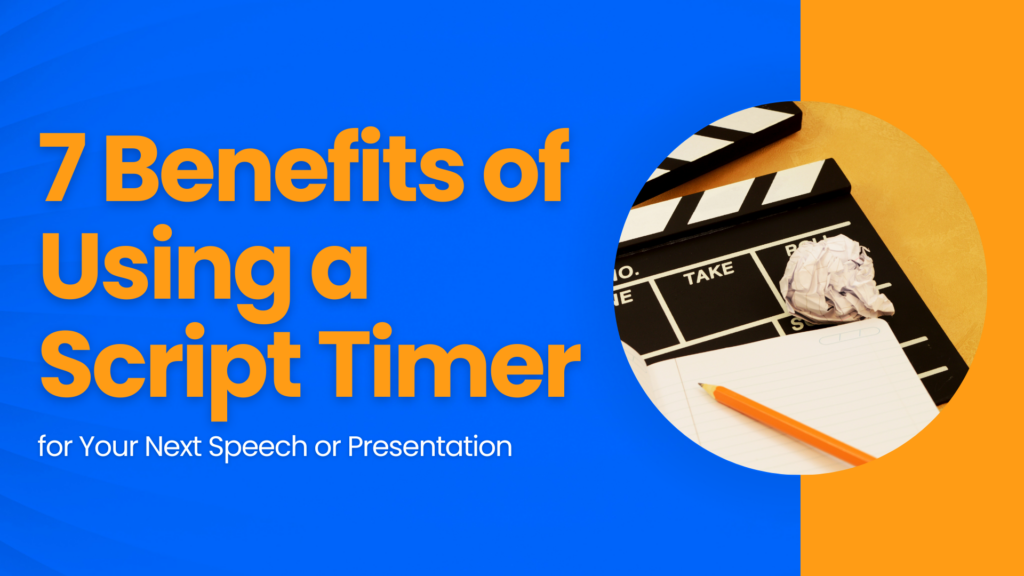Our voice is our most powerful tool, and in the world of voiceovers, it takes an even more important stage by carrying the information, shaping narratives, and guiding audiences.
Many people don’t give enough relevance to the tone of voice, not knowing that the key to success as a voice artists is mastering your tone, so in this article we’ll cover the importance of tone of voice, how you can master it, as well as tips, and some examples of masters in the world of the spoken world.
Why Tone of Voice Matters More Than You Think
In a face to face conversation, the nonverbal factors like face expressions and our body language play a huge role in how others perceive us and our message. However, voiceover don’t count with the visual factor, and this is where the tone steps in, becoming the main aspect that carries the feelings, intent, and personality when we deliver a message. A skilled voiceover artist will ensure the understanding of tone to:
-
- Spark Emotions: A tone of voice that dips low will most probably evoke sadness, while an energetic and fun tone of voice will spark excitement on others. Just by mastering the subtle variations in your tone, you can make your audience laugh, cry, or feel anything you intend.
- Deliver Information Clearly: Your tone alone can enhance clarity, for example if you use a firm, and authoritative tone you will accomplish more credibility, while a softer and more conversational tone will make instructions easier to follow for others.
- Establish Connection: If you use the right tone you will create a connection with your listeners, try using a warm, friendly tone to make your audience feel welcome, and if you want to motivate them, try using a more passionate tone that inspires.
- Brand Consistency: In video commercials, a consistent tone across various voiceovers will give more strength to the brand’s identity, just imagine a luxury car brand using a casual, and goofy tone, that would be a total disconnect from the brand identity.
Just by adjusting the tone of voice effectively, voice actors bring scripts to live, transforming those scripts from just words to a story with engaging experiences.
Voice Tone in Action
Let’s see some real life examples of voice overs that use tone perfectly:
- Morgan Freeman in “The Shawshank Redemption”: This is an iconic narration from Morgan Freeman, just by listening to him, we instantly get a picture of gravitas and wisdom. He utilizes a deep, and measured tone, that perfectly complements the film’s theme of hope and resilience, leaving a lasting impression on every person who watches this movie.
- Ewan McGregor in “Trainspotting”: McGregor does a great job with his voiceover here, he creates a great contrast with his energetic and sometimes sardonic delivery, this reflects the protagonist’s chaotic lifestyle and taking us into the film’s gritty world.
- Eartha Kitt in Yzma (Emperor’s New Groove): This is a great example of adjusting tone of voice for a comedic effect in a villain, she perfectly embodies Yzma’s personality and delivers an unforgettable character for us.
How to Train Your Tone
Now that the importance of tone is clear, you might be wondering how you can train your tone of voice to successfully evoke the right emotions and match different characters’ personalities. Here are some tips to train your tone:
- Record Yourself: Our voice sounds different to others than it sounds to our own ears so by recording yourself it will be much easier to identify what you need to improve or adjust.
- Facial Expressions: Also try to practice in front of a mirror so you can pay attention to your facial expressions and body language, because even if you won’t have an audience looking at you, your physical state influences your vocal tone.
- Warm up: Warming up is not only beneficial for athletes, your voice will also be benefited from warm ups before you start to work, you can try simple exercises like lip trills and humming to improve your vocal flexibility and projection.
- Shadowing: You will learn a lot by listening to professional voice overs, but not only limit yourself to listening, you can also mimic their delivery to improve even more, but don’t copy their style entirely, just use it to practice.
- Practice with Difficult Scripts: Try to find some difficult scripts that require a wide range of tones and emotions to develop a better control over your voice and expressiveness.
To define your voice and tone easier, check this article:
https://www.acadecraft.com/blog/guide-to-different-voice-over-styles/
In conclusion, the tone of voice is like an invisible force that elevates voiceovers from regular to exceptional, it is the key to connect artists with the audience, and create a lasting impact on them.
Voice tone is even responsible for shaping the message, so the next time you encounter a voiceover take the time to appreciate how it can transmit different emotions, you’ll discover a whole layer of meaning and a type of art.
Do you have a project that requires a powerful voiceover? In Script-Timer.com you can find all the tools you need to achieve this, from improving your script with our AI script coach to creating human sounding voice overs with our library of AI voice actors, just sign up and get all these tools and much more for free!





